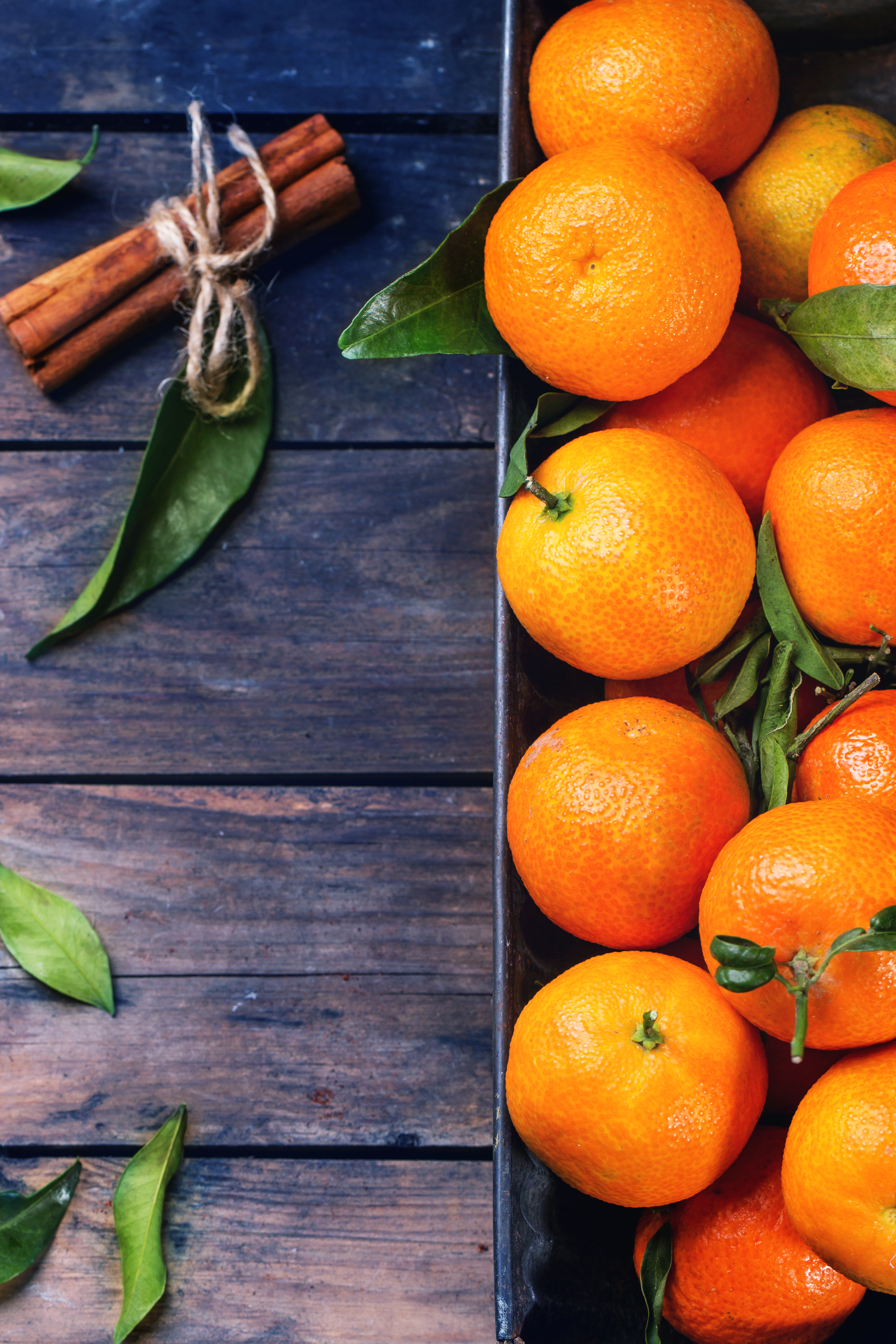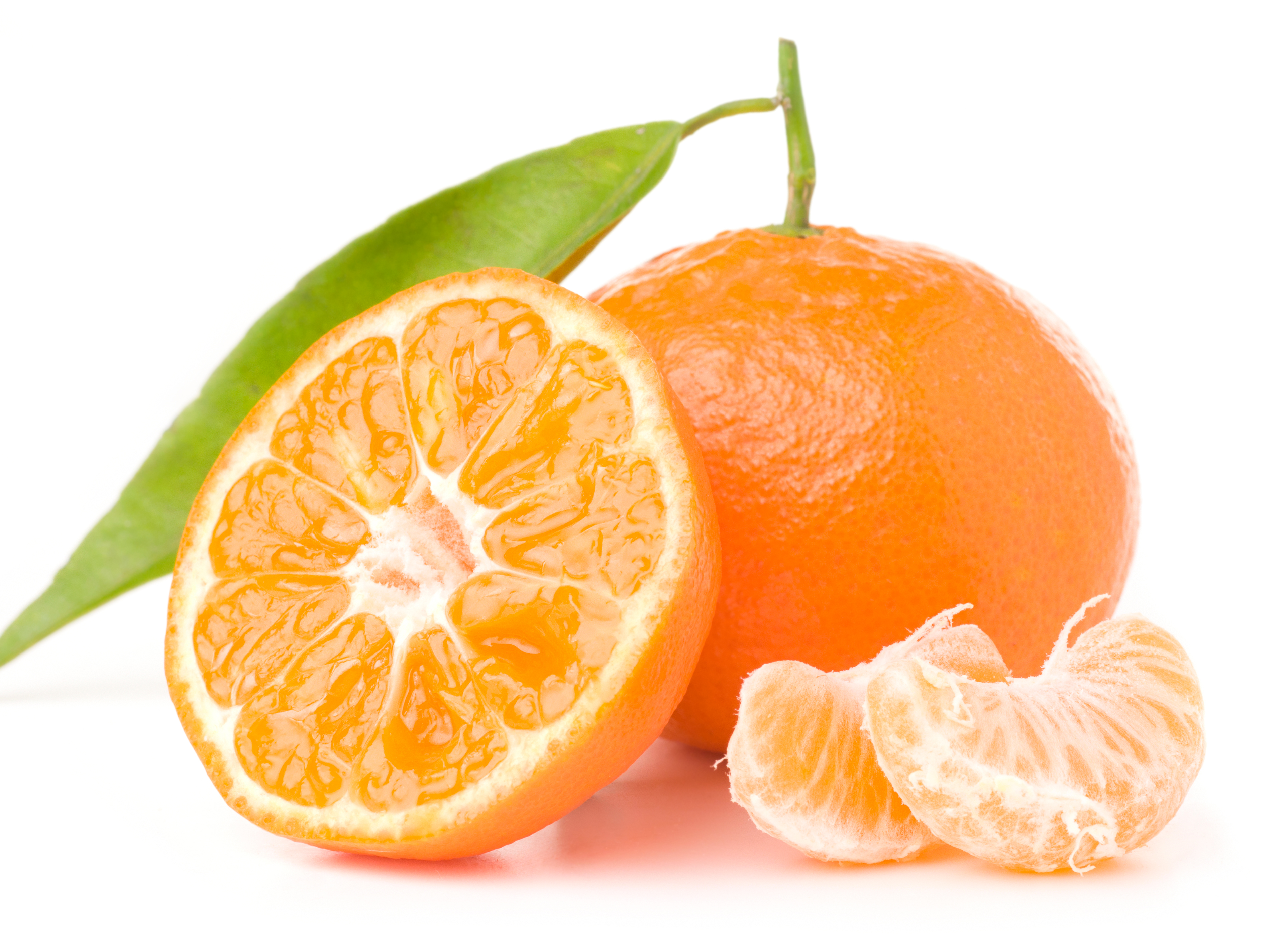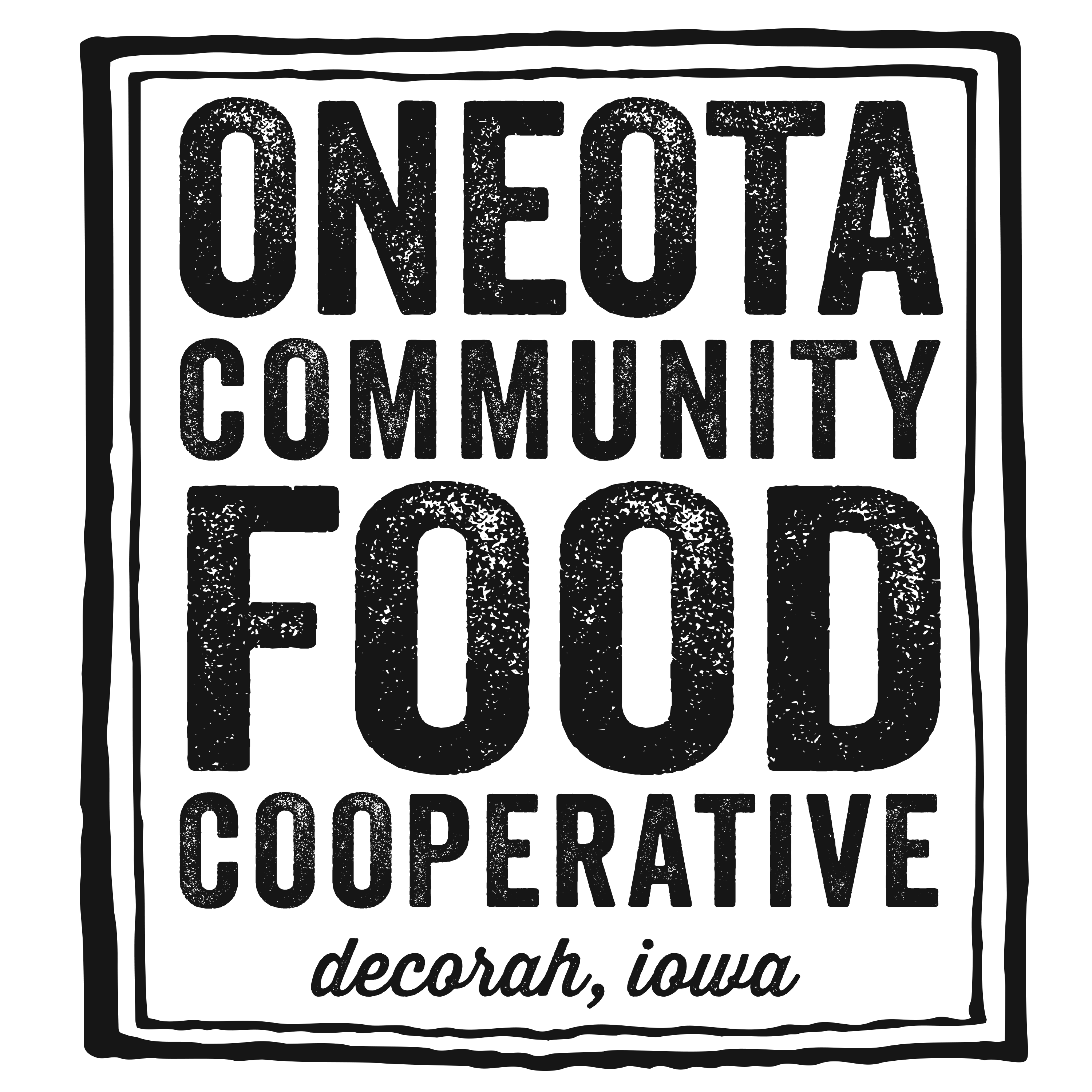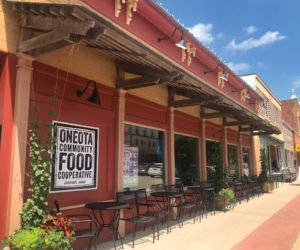By: Megan Molenti, Wedge Community Co-op, Minneapolis, MN
Glenn County, California is nestled upon the valley floor between the Mendocino National Forest to the west and the Sierra Nevada Mountains to the east.
Like much of the rest of the Sacramento Valley, this area is primarily agricultural with almond and walnut plantations dominating the landscape. But if you wind your way up a ribbon of road known as Pilot Peak Lane, past grazing longhorns and Canada geese bathing in irrigation ditches, you come to the Johansen Family Farm – the northernmost citrus grove in America and perhaps even the world.
This is where Rich Johansen grows the seedless Satsuma and Clementine mandarin oranges so beloved and eagerly awaited by Wedge shoppers each year. You know the ones – the sweet, juicy, easy-to-peel treats that come in three-pound bags and five-pound gift boxes for just a short time each November and December. They all come from Johansen’s 80-acre ranch. He is a rare third-generation farmer in this land of Wall Street cash-infused farming developments. Back in 1910, his grandparents joined the great western migration, leaving the Dakotas for California and settling the land that Rich now farms with his wife Mila. Though they’ve been an organic operation since 1990, the Johansen’s commitment to sustainable practices goes back much further.
In the 60s, Rich’s grandparents were transitioning the orchard from peaches and apricots to oranges and mandarins. Rich’s mom was very allergic to pesticides; so they had to develop alternative ways to address fertilization and pest control. Luckily, they had help from their farm manager, a native Cherokee, who taught them his extensive knowledge of natural farming techniques. They learned that mandarins really don’t like direct applications of nitrogen. It’s jarring to their systems. So instead, they put compost and hydrolyzed fish around the trees. The slow release acted more like a one-a-day vitamin of nitrogen, and the trees thrived.
Even though mandarins don’t require pollination to bear fruit, the farmers also planted clover and mustard fields on the property to create healthy environments for beneficial insects such as bees and butterflies. “We want to have healthy, vibrant soil,” Rich says, “that’s where it all starts. To do so, you have to have an awareness about how things are interrelated.”
This ethic of creating soil health and treating the orchard as an interconnected ecosystem has permeated all of the farming decisions the Johansens have made over the years. In 1993, the farm transitioned to a microsprinkler system which uses much less water than traditional irrigation. By targeting the trees’ drip lines- the area directly under the outer circumference of the branches where the tiny rootlets that take up water for the tree are located, thus putting water only where the trees are going to pick it up. They also worked with the National Resource Conservation Service to put in a retention pond on the property to allow for more flexible water storage. Twenty years ago, no one had such systems, but the Johansens have helped lead the way for agricultural water conservation in Glenn County. In October 2015, the area around their ranch was identified by a University of California-Davis study as one of the only three aquifers in the state of California that gets fully replenished every year. Scientists are hopeful this can serve as a model for other farmers interested in improving the groundwater situation in California. With continued droughts, water tables have plummeted by more than 100 feet in some parts of the state.
Rich acknowledges that some of his success in managing both pests and water resources are due to his location. Being so far north means more annual rainfall. The cold also keeps his orchards isolated from a lot of problematic insects. But it is not without its challenges. “We’re kind of farming on the edge of disaster,” he says. “We need a rootstock that is more hardy, and we’re constantly contending with rain during the harvest which can make things really unpredictable. Each piece of citrus has to be hand-clipped from the tree, and because it can’t be done in the rain (they have to be dry when picked) the window for harvesting can be very short.” But despite the difficulties, and perhaps because of them, the Johansen’s citrus has an incomparably complex flavor. “We’re a long ways up here,” says Rich, “fact is, we had to go with a slow-growing, cold-hardy root stock, but the benefit is we get better flavor.”
In 1960, Rich’s dad planted 2,000 Satsuma mandarin trees with this cold-hardy root stock, a variety called Owari. It took them eight years to bear fruit, and when they finally did, they were pretty awful. His dad panicked, but a farming friend convinced him to keep the trees. They just needed time to mature. By the `70s things were a bit better, but not much. Rich was a young man then, going door to door to try to sell the citrus one box at a time. Then the `80s hit, and they finally started to taste good. Really good. They quickly became a holiday favorite for kids and adults alike. “With these trees, a 20-year-old tree is better than a 10-year-old, a 30 better than a 20,” says Johansen. “Our trees today are 55 years old. And they make a dang tasty mandarin.”
 Finding people to take his Satsumas and Clementines is no longer a problem. In fact, they are in such high demand that Rich had to take down his website because he got tired of turning people away. He now sells to only five buyers, and he has no plans for getting bigger. One of those buyers is Rick Christianson of CPW, whom Rich met more than 20 years ago when Rick was at Roots and Fruits. Rich says Rick is the reason the Wedge gets his highly prized mandarins, even as he has stopped shipping to the East Coast. “The Wedge is it,” says Johansen. “You’re the farthest east we go. We do it because we made that commitment a long time ago. And we want to make sure you get everything you want.”
Finding people to take his Satsumas and Clementines is no longer a problem. In fact, they are in such high demand that Rich had to take down his website because he got tired of turning people away. He now sells to only five buyers, and he has no plans for getting bigger. One of those buyers is Rick Christianson of CPW, whom Rich met more than 20 years ago when Rick was at Roots and Fruits. Rich says Rick is the reason the Wedge gets his highly prized mandarins, even as he has stopped shipping to the East Coast. “The Wedge is it,” says Johansen. “You’re the farthest east we go. We do it because we made that commitment a long time ago. And we want to make sure you get everything you want.”
The Johansen’s Satsumas will be available starting in November. “With luck,” Rich says, “they’ll make it all the way through ’til Christmas.” But don’t worry if you miss them, the Clementines should keep rolling in through the New Year.
Oneota Co-op is fortunate to receive these same Satsumas and Clementines each year as well. Look for them in our Produce department.
Article originally printed in “The Share”, a publication of Wedge Community Co-op, Minneapolis, MN. Reprinted with permission.
Rice and Beans with Orange kiwi Salsa
While rice and beans and
citrusy salsa might seem an
unusual pair, the combination
is refreshingly delicious.
Ingredients
1 tablespoon vegetable or coconut oil
1 yellow onion, diced
(reserve 2 tablespoons raw onion
for the salsa)
2 garlic cloves, peeled and minced
1/2 teaspoon allspice
1/2 teaspoon thyme
1/4 teaspoon red chili flakes
1 14-ounce can coconut milk
1 cup water
1 cup brown rice, rinsed and drained
1 15-ounce can kidney beans, rinsed and drained
1 1/2 tablespoons red wine vinegar
Salt and pepper to taste
Salsa
2 kiwis, peeled and diced
2 oranges, peeled, seeded and diced
1 teaspoon fresh ginger, finely minced
1 small jalapeño,
seeds and ribs removed, finely minced
2 tablespoons lime juice
2 tablespoons minced yellow onion
Preparation
In a large pot, heat the oil over medium-high heat. Sauté the onion for 2-4 minutes. Add the garlic and cook for another minute. Add the allspice, thyme, chili flakes, coconut milk, water and rice, and bring to a boil. Reduce the heat to simmer, cover the pot, and cook for approximately 30 minutes, or until the rice is tender and most of the liquid is absorbed.
While the rice is cooking, gently stir together the kiwi, oranges, 2 tablespoons minced yellow onion, ginger, jalapeño, and lime juice in a mixing bowl. Set aside.
Once the rice is done, add the kidney beans, red wine vinegar, and salt and pepper to taste. Stir well.
Serve with the orange kiwi salsa on the side.
Serving Suggestion
This Jamaican-style dish is delicious with grilled meats or fried fish and a ginger beer. Try the salsa on broiled, steamed or baked flaky fish or just with a handful of plantain chips.
Recipe by StrongerTogether.coop. Find more recipes and information about your food and where it comes from at www.strongertogether.coop.



